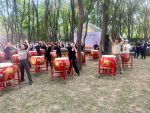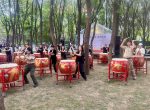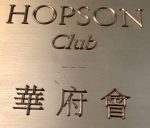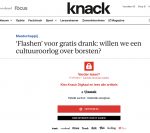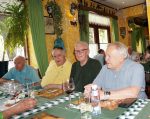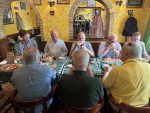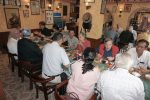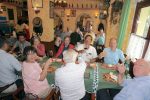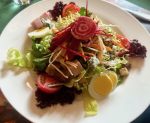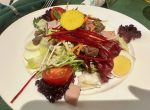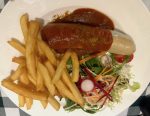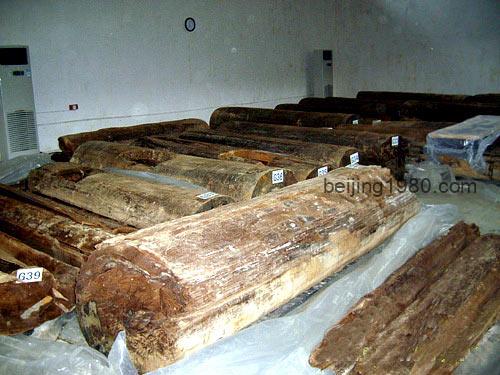MAHA
We were invited for the “2023 MAHA Beijing Mid-Autumn Party” in MAHA Beijing Park on 28 September 2023 by the general manager Ms. May Fu, all through Ms. Lydia Long (Moldova wines and more). I was invited to promote the Art Exhibition in the Louvre, the UWEE-WFP initiative.
Hong Kong-listed Hopson Development Holdings Ltd. created the brand MAHA in Beijing, in a 400,000 square meters of native forest (originally part of Chaoyang Park). MAHA Residential Park in 8 Xiaoyun Road won the 2022 Architizer A+ Popular Choice Award in the Private Garden category.
There are several serviced apartment blocks with units of 450m²; rent is in the range of ¥220,000 /month (up to about US$ 30,000), among other. There is also the Hopson Club with the Man Fu Yan Restaurant where Elon Musk had dinner on 30 May 2023 after he arrived in Beijing on his private jet.
- Bahamas Ambassador
- Bahamas Ambassador
- with Lydia Long
- with May Fu
- Belgian chocolates
- Bahamas Ambassador
- with Chen Wei
- Hopson Club
- with Lydia Long
I had the pleasure of meeting the general manager and the lady ambassador of the Bahamas, as well as the well-known influencer Chen Wei.
There was also a market with a stand of the Belgian chocolate Pierre Marcolini.
Some nice performances and disk jockeys – music through individual headphones.
Some 400 guests enjoyed a nice lamb dinner.
I did my speech about our painting exhibition in the Louvre, see below, after showing the promotion video of the Exhibition.
Clip supplied by MAHA with my small clips added about the Launching Ceremony of MAHA a Flow Club in the MAHA Park on 28 September 2023, including my speech. (needs VPN)
5th consecutive annual exhibition in the Louvre
Every January, UWEE collaborates with the World Food Program to organize an international art exhibition at the Louvre Museum. This coming January will mark our 5th consecutive annual exhibition. I am currently the Chairman of the Exhibition.
This year more than 10,000 works were exhibited on the online exhibition platform. About 870 children’s works from 36 countries were exhibited in the Louvre.
Our art exhibition serves multiple purposes.
Firstly, we celebrate artworks created by talented young artists from across the globe.
Secondly, it is a charitable endeavor. Every penny goes to World Food Program “School Meals Feed Futures”, a noble cause.
Finally, we aim to create a community of global citizens through the exhibition. Our motto, “One World, One Future”, is a vision that aspires to bring people together in this world.
Background of the Art Exhibition
Based on The State of School Feeding Worldwide 2022 from the UNWFP, 345 million people worldwide, including 153 million children and young people face starvation. Presently, 87 countries have joined the School Meals Coalition, to ensure that, by 2030, every child receives a healthy, nutritious daily meal in school. School meal programs have benefitted 420 million children worldwide and become the world’s most extensive safety net.
Since 2018, WFP China has implemented the Preschool Nutrition Improvement Program in Xiangxi (Hunan Province), Jingxi (Guangxi Province), Linxia (Gansu Province), and Wangcang (Sichuan Province), by providing nutritious school meals, conducting nutrition and health advocacy and education, upgrading kitchen facilities, and empowering smallholder farmers.
In 2023, the Union of Western and Eastern Education (UWEE) is joining forces with the UN WFP China Office to gather artwork from school-age children benefiting from the national nutrition improvement program and young art enthusiasts worldwide.
Noteworthy submissions will have the opportunity to be showcased at the prestigious Louvre Museum. Through these initiatives, we hope to raise awareness about child nutrition improvement and invest in the future of children.















